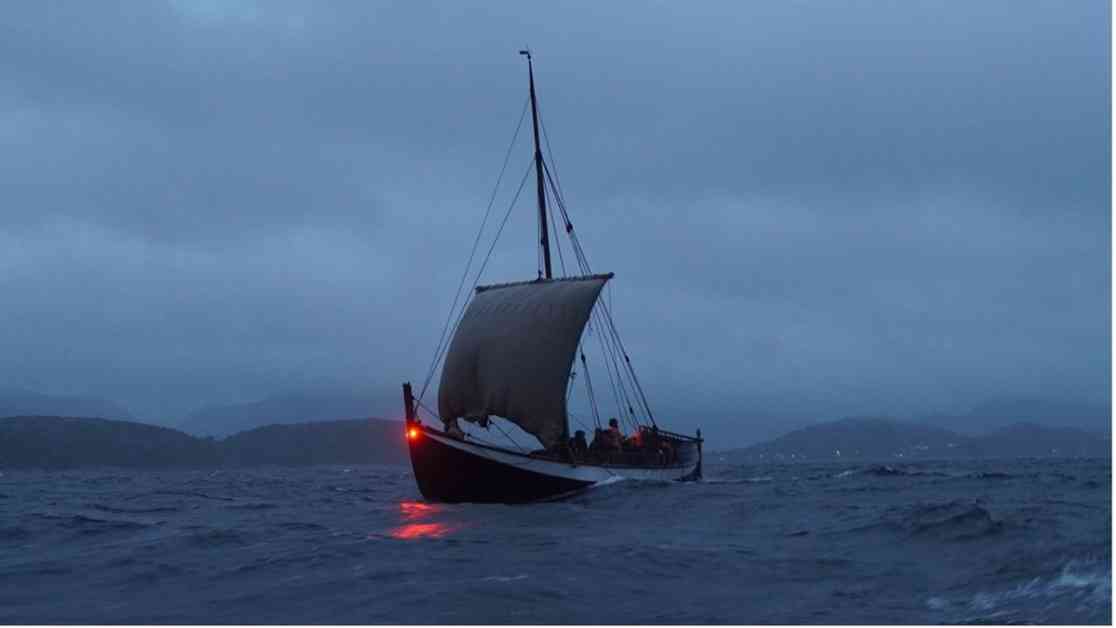A recent study suggests that the Norse and Indigenous Americans may have interacted through the medieval walrus ivory trade long before Christopher Columbus’s voyage. By analyzing walrus ivory samples collected by Norse explorers in Greenland, archaeologists have identified possible locations where the Norse and Inuit cultures overlapped.
Walrus ivory was highly valued during that time and was used for various purposes, such as paying church taxes and as elite gifts. The Norse settlers in Iceland and Greenland hunted walruses for their ivory, establishing a trade network that extended across Europe. The ivory trade eventually led the Norse to decimate the walrus population in Iceland, prompting them to sail to Greenland for more ivory.
Contrary to previous beliefs that walrus hunting occurred only in southern Greenland, a recent study found that the ivory exported to Europe originated from remote hunting grounds in the High Arctic. This discovery suggests that the Norse traders may have traveled hundreds of miles north into the Arctic Circle to hunt walruses and possibly trade with the Thule Inuit, an Indigenous people known for their expertise in Arctic living and walrus hunting.
To test the feasibility of this journey, archaeologists recreated and sailed in clinker-built Norwegian boats similar to those used by the Norse. Their findings suggest that Norse traders could have sailed into the Arctic Circle and interacted with the Thule Inuit, exchanging goods and possibly establishing connections between the two cultures.
The study also speculates that the Vikings may have encountered Indigenous Americans even earlier in Newfoundland, Canada, around A.D. 1021. Additionally, Greenland’s Norse population may have had interactions with the Tuniit, who preceded the Thule Inuit. While evidence of direct contact between the Thule Inuit and Norse settlements in Greenland is scarce, the study highlights the possibility of cultural exchanges through the walrus ivory trade in the 13th century, predating Columbus’s arrival in the Caribbean by 200 years.
Overall, this study sheds light on the complex interactions between different cultures through trade and exploration, revealing a fascinating chapter in human history that extends beyond traditional narratives of European exploration. The research not only uncovers the interconnectedness of Norse and Indigenous American cultures but also underscores the importance of understanding these historical encounters in shaping our understanding of the past.










